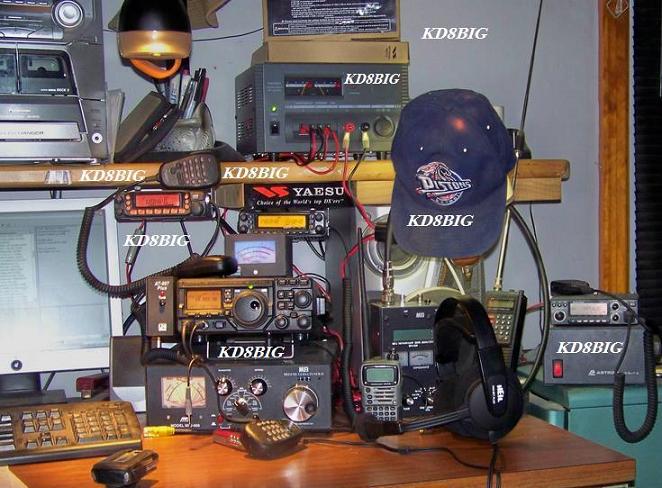I was on a net and we were talking about Satellites, ISS and the Space Shuttle. The topic came up about the Beta Angle Cutout. Here is some info. The
beta angle 
is a value that is used most notably in
spaceflight. The beta angle determines the percentage of time an object such as a spacecraft in
low Earth orbit (LEO) spends in direct sunlight, absorbing solar energy. Beta angle is defined as the angle between the
orbit plane and the
vector from the
sun (which direction the sun is shining from).The beta angle is the smaller angle (there are two angles) between the sun vector (where the sun is shining from in the sky) and the
plane of the object's orbit. Note that the beta angle does not define a unique orbit plane; all satellites in orbit with a given beta angle at a given altitude have the same exposure to the sun, even though they may be orbiting in completely different planes around the Earth.The beta angle varies between +90° and -90°, and the direction the satellite revolves around the body it orbits determines whether the beta angle sign is positive or negative. An imaginary observer standing on the sun defines a beta angle as positive if the satellite in question orbits in a counter clockwise direction and negative if it revolves clockwise. The maximum amount of time that a satellite in a normal low Earth orbit mission can spend in the Earth's shadow occurs at a beta angle of zero. In such an orbit, the satellite is in sunlight no less than 59% of the time.
Launch window is a term used in spaceflight to describe a time period in which a particular launch vehicle (rocket, Space Shuttle, etc.) must be launched. If the rocket does not launch within the "window", it has to wait for the next window.[1]
For trips into largely arbitrary Earth orbits, almost any time will do. But if the spacecraft intends to rendezvous with a space station (such as the International Space Station) or another vehicle already in an orbit, the launch must be carefully timed to occur around the times that the target vehicle's orbital plane intersects the launch site.
For launches above low Earth orbit (LEO), the actual launch time can be somewhat flexible if a parking orbit is used, because the inclination and time the spacecraft initially spends in the parking orbit can be varied. See the launch window used by the Mars Global Surveyor spacecraft to the planet Mars at [1].
To go to another planet using the simple low-energy Hohmann transfer orbit, if eccentricity of orbits is not a factor, launch windows are periodic according to the synodic period; for example, in the case of Mars the period is 2.135 years, i.e. 780 days. In more complex cases, including the use of gravitational slingshots, launch windows are irregular. Sometimes rare opportunities arise such as when Voyager 2 took advantage of 175 year planetary alignment (launch window) to visit Jupiter, Saturn, Uranus and Neptune. When such an opportunity is missed, another target may be selected. For example, the Rosetta mission of ESA was originally intended for comet 46P/Wirtanen, but a launcher problem delayed it and a new target had to be selected (comet 67P/Churyumov-Gerasimenko).
Launch windows are often calculated from porkchop plots that show the delta-v needed to achieve the mission, plotted against the launch time.
NASA: ISS Beta AngleInternational Space StationLow Earth OrbitCollision avoidanceDelta-v budgetInterplanetary travelOberth effect

 is a value that is used most notably in
is a value that is used most notably in 









